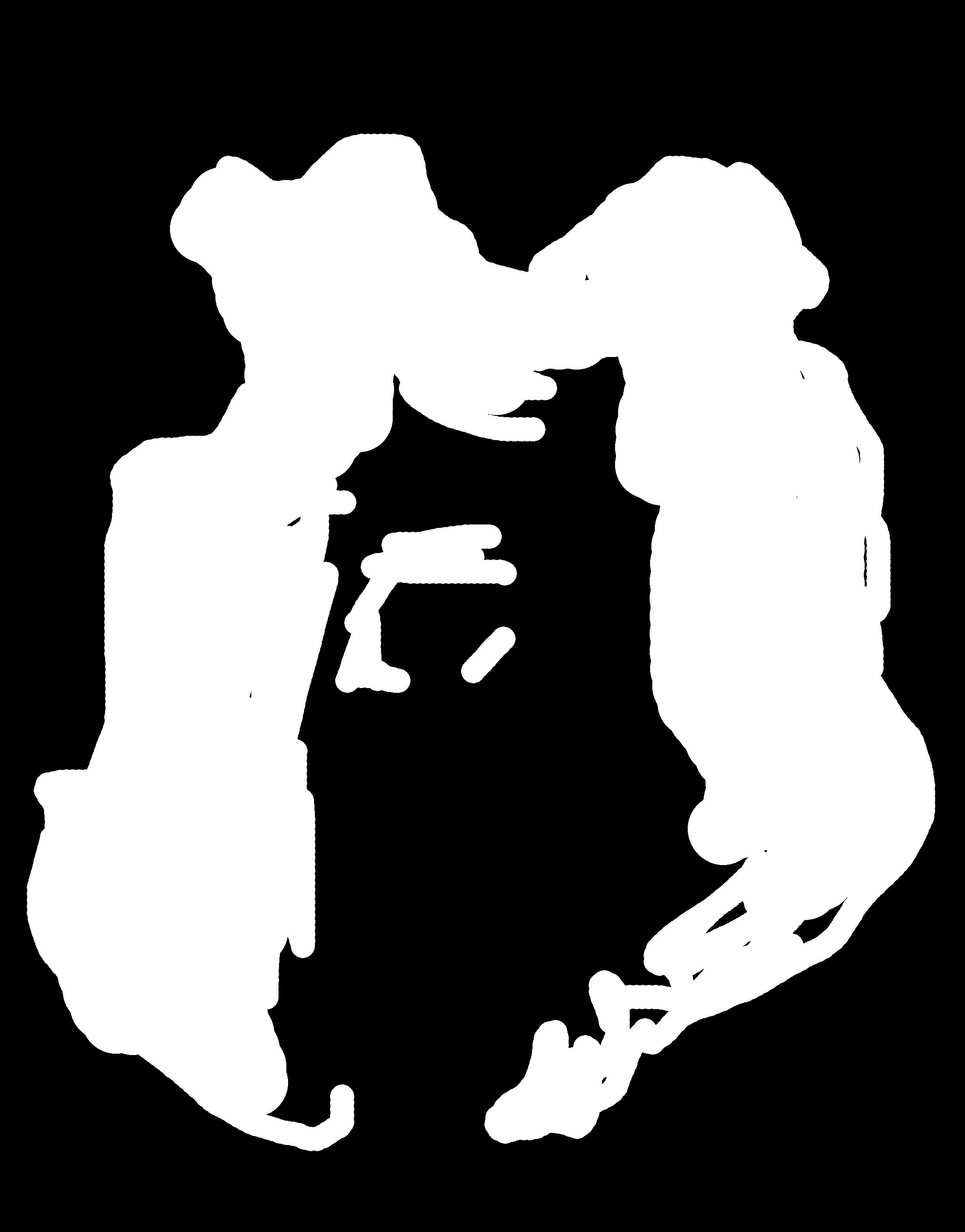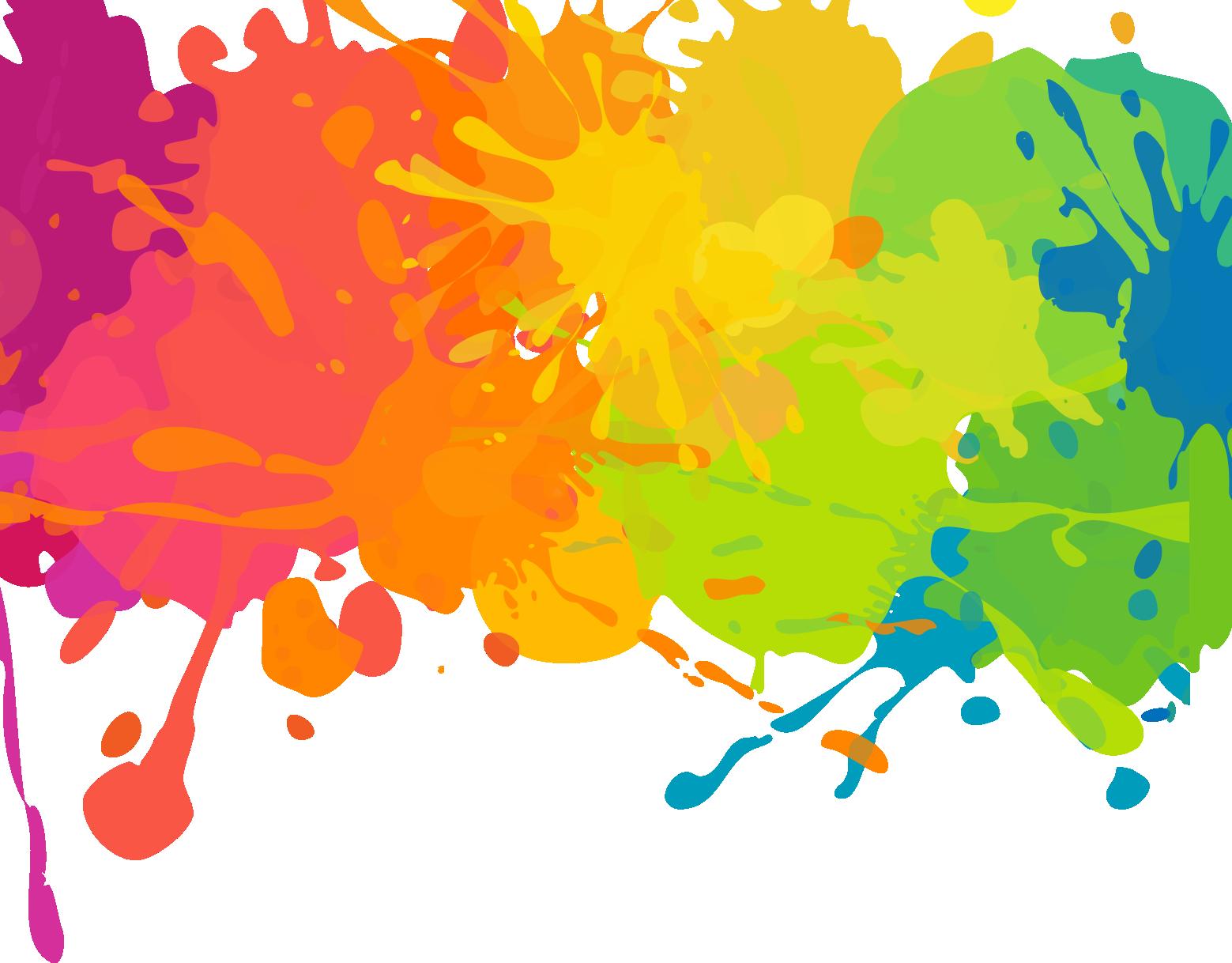Alice AND THE NEW WONDERFUL



 By Idris Goodwin with music by Mosaic Youth Theatre of Detroit
By Idris Goodwin with music by Mosaic Youth Theatre of Detroit






 By Idris Goodwin with music by Mosaic Youth Theatre of Detroit
By Idris Goodwin with music by Mosaic Youth Theatre of Detroit




Hello and thank you for joining us on this grand adventure! When creating the show Alice and the New Wonderful, we took care to include many magical elements of our world. We pondered the sights, sounds, culture, history and even the food of our modern life. We hope you will consider some of the interesting facts, hidden gems, and creative projects that accompany our show. Have Fun!
• ELA Corner
• What is Adaptation

• About the Authors
MUSIC! MUSIC! MUSIC! .

• Conducting With Jack: Become a Maestro! Learn tips and tricks on how to conduct music
• Music Lesson
• Shadow Play
• Street Art Crawl
• Craft Corner
• City Vs. Suburbs: Articles on Detroit’s Struggle

CHEF ROSY’S RECIPE CORNER
• Chef Rosy’s Recipe Corner
BE ON THE LOOKOUT!
• Lookout Questions




Below are the first few paragraphs of Lewis Carroll’s Alice’s Adventures in Wonderland. Give it a read and consider the questions below.
Alice was beginning to get very tired of sitting by her sister on the bank, and of having nothing to do: once or twice she had peeped into the book her sister was reading, but it had no pictures or conversations in it, “and what is the use of a book,” thought Alice, “without pictures or conversations?”
So she was considering in her own mind (as well as she could, for the hot day made her feel very sleepy and stupid) whether the pleasure of making a daisy-chain would be worth the trouble of getting up and picking the daisies, when suddenly a White Rabbit with pink eyes ran close by her.
There was nothing so very remarkable in that; nor did Alice think it so very much out of the way to hear the Rabbit say to itself, “Oh dear! Oh dear! I shall be too late!” (when she thought it over afterwards, it occurred to her that she ought to have wondered at this, but at the time it all seemed quite natural); but when the Rabbit actually took a watch out of its waistcoat-pocket, and looked at it, and then hurried on, Alice started to her feet, for it flashed across her mind that she had never before seen a rabbit with either a waistcoat-pocket, or a watch to take out of it, and burning with curiosity, she ran across the field after it, and was just in time to see it pop down a large rabbit-hole under the hedge.
In another moment down went Alice after it, never once considering how in the world she was to get out again.
The rabbit-hole went straight on like a tunnel for some way, and then dipped suddenly down, so suddenly that Alice had not a moment to think about stopping herself before she found herself falling down what seemed to be a very deep well.
Either the well was very deep, or she fell very slowly, for she had plenty of time as she went down to look about her, and to wonder what was going to happen next. First, she tried to look down and make out what she was coming to, but it was too dark to see anything; then she looked at the sides of the well, and noticed that they were filled with cupboards and book-shelves: here and there she saw maps and pictures

hung upon pegs. She took down a jar from one of the shelves as she passed; it was labelled “ORANGE MARMALADE,” but to her great disappointment it was empty: she did not like to drop the jar for fear of killing somebody underneath, so managed to put it into one of the cupboards as she fell past it.
“Well!” thought Alice to herself. “After such a fall as this, I shall think nothing of tumbling down stairs! How brave they’ll all think me at home! Why, I wouldn’t say anything about it, even if I fell off the top of the house!” (Which was very likely true.)
1. In your own words, describe what is happening in this passage. (ELA Literature Standard 4: Craft and Structure)
2. What are some key details you noticed when reading? (ELA Literature Standard 1: Key Ideas and Details)
3. Based on these first few paragraphs, what do you already know about Alice, the main character? (ELA Literature Standard 3: Key Ideas and Details)
4. After watching Alice and the New Wonderful, compare and contrast what you saw in the play from what you just read. How was the play similar to or different from the original story? (ELA Literature Standards 7: Integration of Knowledge and Ideas)

WHAT IS ADAPTATION?
An ADAPTATION is the transfer of a work of art from one style, variety, or medium to another. The adapted version might be quite like the original work, or it may simply be inspired by the original work with very few details in common. Adaptation has been a common artistic practice for centuries—for example, many of William Shakespeare’s plays are adaptations of myths, legends, poems, and historical events. Alice and the New Wonderful is one of many adaptations of Alice’s Adventures in Wonderland, written in 1865 by Lewis Carroll.
Common Examples of Adaptation:
• Film/TV adaptation: A story from a novel, comic book, video game, historical events, or other texts is made into a movie or TV show.
o The Hunger Games (originally a book)
o The Avengers (originally a comic)
o Hidden Figures (historical events)
• Stage Adaptation: A story from another type of work, like a book, poem, movie, video game etc, is made into a play or musical
o Hamilton (historical events)
o To Kill a Mockingbird (originally a book)
o Shrek the Musical (originally a movie)
1. What other types of adaptations or examples of adaptation can you think of?
2. When you think about adaptations you’ve seen, how different or similar are they to the source material?
3. Why do we do adaptations? What is fun or interesting about taking something that already exists and changing it up?
YOUR TURN!
1. Think of a story, book, movie, TV show, video game, comic book, or play that you love
2. What form is it in now? (Book, movie, game, etc)
3. What do you like about it?
4. What do you NOT like about it?
5. What would it look like as a book? What about a play? What about a video game?
Write or draw about your adaptation in the space below!

Idris Goodwin is an award-winning storyteller for multiple generations. An accomplished playwright, breakbeat poet, content creator and arts champion, Goodwin is recognized as a culture bearer who celebrates community values and cultivates histories with care. Idris is the author of over 60 original plays ranging from his Hip Hop inspired breakbeat series to historical dramas to works for young audiences. Titles such as And In This Corner Cassius Clay, How We Got On, Hype Man: A Break Beat Play, This is Modern Art (co-written with Kevin Coval) and the ground breaking Free Play: open source scripts for an antiracist tomorrow, are widely produced across the country by a diverse mix of professional and academic venues. Driven by a passion for cultural impact and civic engagement, Idris currently serves as Artistic Director of Seattle Children’s Theater. Prior to this he was Executive Director of The Colorado Springs Fine Arts Center at Colorado College, where he also taught as a professor in The Department of Theater and Dance. Previous to this Idris led StageOne Family Theatre in Louisville, Kentucky as Producing Artistic Director. Idris is Board President of Theater For Young Audiences/USA and also serves on the board at Children’s Theater Foundation Association. In addition to Idris’s work in theater he’s created original content for and/or appeared on Nickelodeon, HBO Def Poetry, Sesame Street, NPR, BBC Radio, and the Discovery Channel. “Your House is Not Just A House,” his first picture book, will be published by Harper Collins in 2024.
Find more information about Idris at www.idrisgoodwin.com
Charles Lutwidge Dodgson, better known as Lewis Carroll, was born on January 27, 1832 in the English village of Daresbury. He grew up in a large family which enjoyed composing magazines and putting on plays. He studied at Oxford University and later became a mathematics instructor. He wrote many books on mathematics and logic and enjoyed inventing puzzles and games and playing croquet.
His love of nonsense and his fondness for small children led to the writing of Alice’s Adventures in Wonderland (1865). He wrote a sequel Through the Looking Glass and What Alice Found There, in 1871. He published Phantasmagoria and Other Poems in 1869, The Hunting of the Snark in 1876 and Sylvie and Bruno in 1889.

Lewis Carroll wrote and received ‘wheelbarrows full’ of letters (more than 98,000!). Many of these dealt with religious and political issues while others were full of light-hearted nonsense. He also excelled in artfully staging photographs of friends, including artists and writers like Dante Gabriel Rossetti, Holman Hunt and Alfred, Lord Tennyson. He died, aged 65, of pneumonia in 1898.
Source: The British Library

Click the video links below to learn more.


Many of the musical arrangements in Alice and the New Wonderful were created by our Youth Ensemble singers. When a group of singers perform together, they are often led by someone called a conductor. Check out this video series with Jack, Mosaic alumnus and teaching artist, and learn some conducting skills!





The opening scene in Alice and the New Wonderful is shown through Shadow Play. Have you ever turned a flashlight on in a dark room and made shapes with your hands to create cool shadows on the wall? That’s Shadow Play! Shadow Play likely originated in China, but it’s a style of puppetry used all around the world. It often involves cut out shapes held by puppeteers in between a bright light and a screen to create moving shadows, but sometimes (like in this play) shadow plays are made with humans!

Check out this Video on how to make your own shadow puppet: CLICK HERE


1. Have you ever made a shadow puppet? What was it like?

2. What do you know about how shadows are created?
3. What shapes or movements did you see the actors doing in the shadow play in Alice?


1. Why do you think the director chose to show the opening scene of Alice in shadow play?
2. What emotions or tone did the shadow play bring about?
3. How did the opening shadow scene feel different from the ending? Why?
1. A map link to several prominent street art spaces in Detroit.
CLICK HERE
2. The Alley Project Youth designed art space
CLICK HERE
3. Newark Street Graffiti Wall
Long wall with street art done by local artists
CLICK HERE
4. Lincoln Street Art Park
Art park and sculpture garden
CLICK HERE
5. Grand River Creative Corridor
An area of street art murals and graffiti
CLICK HERE
6. The Belt Alley full of art from local artists
CLICK HERE
7. The Stevie Wonder Mural
Large mural of legendary recording artist and former resident Stevie Wonder
CLICK HERE
8. The Heidelberg Project
A neighborhood street art environment
CLICK HERE
9. Detroit Industrial Gallery
Sculpture garden and art park made from repurposed materials
CLICK HERE
10. Other Guides to Street Art in Detroit
CLICK HERE
Participate in Alice and the New Wonderful by assembling this simple flower craft at home or at school before coming to the theatre!
During the opening of the play, you’ll hear the line “They painted the roses red” repeated a few times. At this point, you can turn your white rose into a red rose by following the steps below. This craft was created by the production’s props designer, Michelle and one of our young technicians, Livia. Have fun!
MATERIALS NEEDED:
• Red tissue paper cut into 8 circles

• White tissue paper cut into 2 circles

• Scissors
• Pipe Cleaner
STEP 1: Layer 8 red circles on top of 2 white circles.
STEP 2: Fold the circles in half
STEP 3: Make two cuts in the middle of the folded circle. Make sure you cut all the way through each layer of tissue paper.

STEP 4: Fold your pipe cleaner in half. Open up the circles. Insert an end of your pipe cleaner through both of the cuts in the paper. Make sure you are going through the circle with the red side up or facing you, and make sure the pipe cleaner gets through every layer. Pull the pipe cleaner through so it looks like this.
STEP 5: With the pipe cleaner through the papers, fold the circle in half. Then fold each side toward the middle.



STEP 6: Paperclip the flower “petals” together. You can then twist your pipe cleaner together to make it stronger or add a leaf or other extra piece with whatever else you have around—be creative!
STEP 7: During the show, when you hear the line “they painted the roses red,” take off the paperclip and open up the flower to reveal its full red inside circle.

Take the centermost layer of the flower, gather it to the middle, and pinch it. Repeat with each layer to add more fullness to the flower. Leave the last layer flat to cover the white outer circles.



The battle between the city and the suburbs in Metro Detroit has been long and complicated. Segregation has played a large part. Here are some articles about that struggle.
Article 1:

City Versus Suburb A Long-Standing Divide In Detroit
CLICK HERE TO READ
Article 2:
Built to keep Black from white
CLICK HERE TO READ
Article 3:
Detroit ranked as one of the most segregated cities in the country
CLICK HERE TO READ
Article 4:
7 Historical Facts About Detroit’s Suburban Sprawl
CLICK HERE TO READ


Chef Rosy is a very important character in the Barrens neighborhood in Alice and the New Wonderful who throws a big feast for her community. Re-create Chef Rosy’s delicious side dish from the Barrens Feast with simple ingredients at home!

Ingredients:
• 2 cups long grain rice

• 1/8 cup vegetable oil


• 8 oz tomato sauce
• 6 stems cilantro (optional)
• 1 tsp salt
• 1 tsp minced garlic
• 4 cups chicken or vegetable broth
• 1 dash cumin
• 1 dash garlic pepper
Directions:
1. Heat oil in large frying pan on medium heat.

2. Add rice and cook until golden brown.
3. Add 1 chicken flavored bouillon cube to 4 cups water and microwave for 3 minutes.
4. When rice is brown, add water, tomato sauce, salt, garlic, cumin and garlic pepper to pan.
5. Stir and cover pan. Let simmer for 30-40 minutes or until all is cooked and there is no liquid left. Fluff before serving and ENJOY.
Ingredients:
• 3 bunches of radishes
• 1 small shallot
• ½ cup plain Greek yogurt
• 2 tablespoons of fresh lemon juice
• ½ cup of herbs (like dill, mint, chives, basil, or cilantro—what ever you have handy)
• Salt and Pepper
Directions:
1. Wash and thinly slice up the radishes and the shallot
2. Chop up the herbs
3. In a large bowl, whisk together 3 cups of cold water and 2 teaspoons of salt until the salt is dissolved. Add the radishes and shallots and let it sit for 15 minutes
4. Drain the radishes and shallots in a colander. Add the yogurt and lemon juice and whisk to combine. Add the drained radishes and shallot as well as th herbs. Toss up and serve!

1. What does your family or community do when you gather to share a meal?
• Do you sit down at a table? How do you serve the food? Do you clean up after?
2. What is your favorite food to eat at family or community gatherings?
• How would you describe the taste of that food? Do you know how to make it yourself?
1. What role does food play in creating community with one another and connecting with people we love?
2. What do you know about where your food comes from and how it gets to you?
FOOD SOVEREIGNTY is the right of communities to have access to healthy and culturally appropriate food produced through sustainable methods that are beneficial to both the health of the community and the planet. The community has the rights to define their own food and agricultural systems.
• What do you think food sovereignty might look like in practice?
• What skills and resources are necessary to support a food sovereign community?
• Check out this information about Urban Farming in Detroit and Keep Growing Detroit, a local urban farm and educational center, for more information. CLICK HERE



Help Alice out! Yell “The White Rabbit!” When you see the White Rabbit on stage. Let Alice know she’s there.
As you watch the show, see if you can find these answers:
YOUNGER AUDIENCES (K-8TH GRADES)

1. What food is Chef Rosy cooking up?
2. How many Mirrors are on stage during the Mirror Mirror song?
3. What does Celia lean on at the entrance to the Barrens?
4. What image do Rita and the Painters paint on the mural?
OLDER AUDIENCES (6-12TH GRADES)
1. What are some major differences between The Gardens and The Barrens?
2. What did you notice about the way Alice’s phone was used on stage?
3. How do Alice’s clothes reflect how she feels throughout the show?
4. What clues can you find that suggest that Alice is no longer in reality?